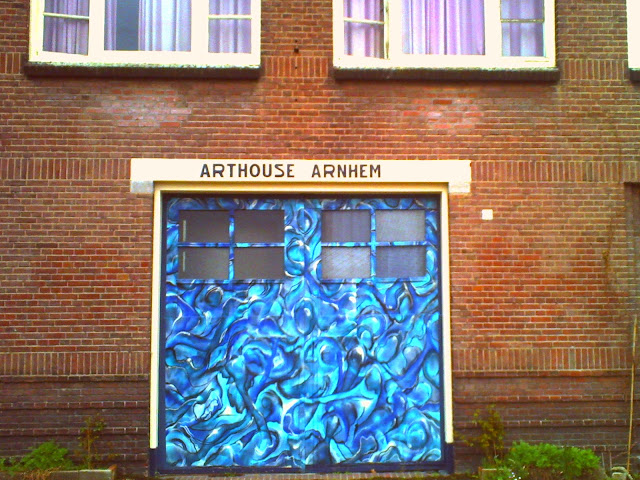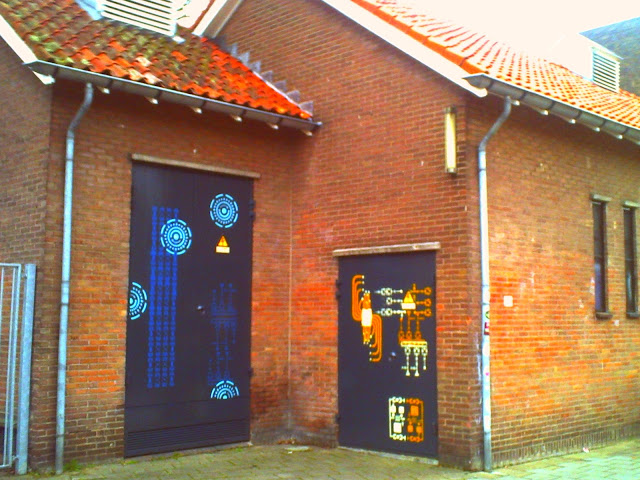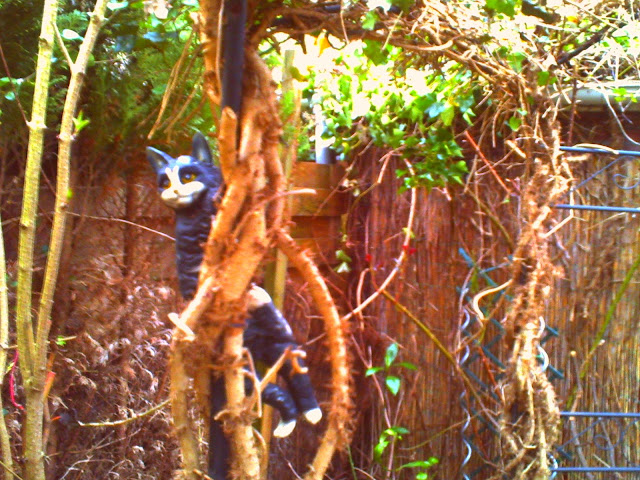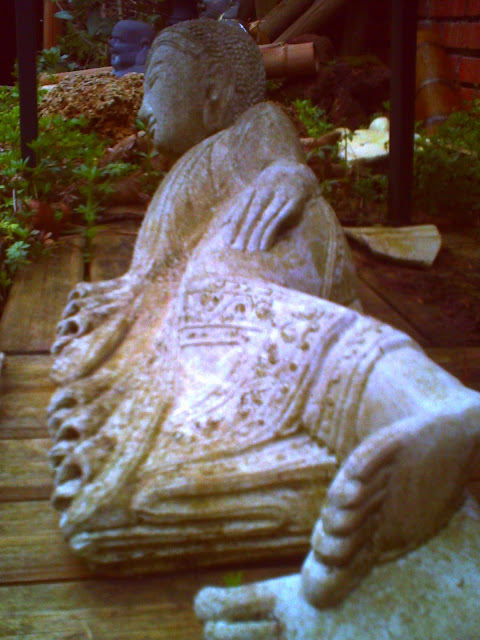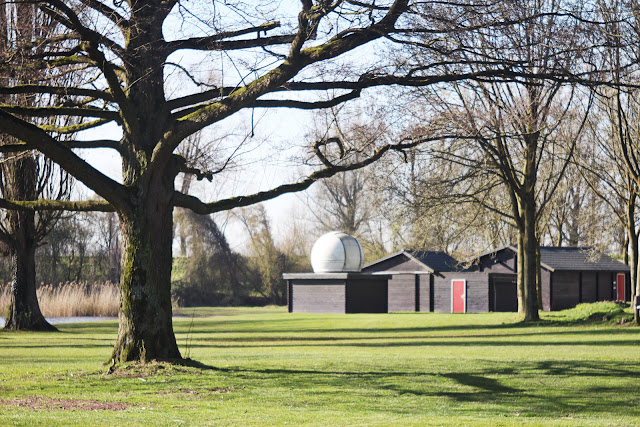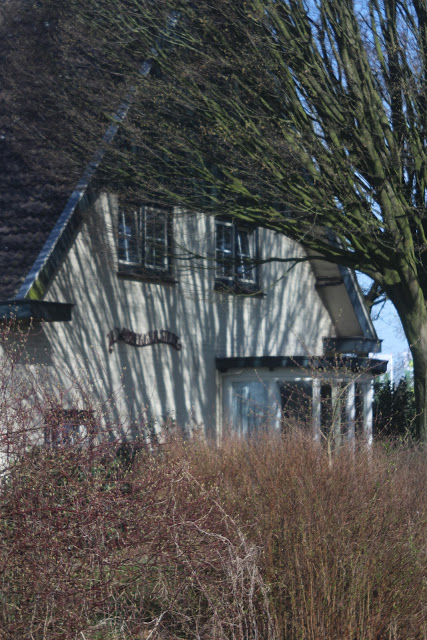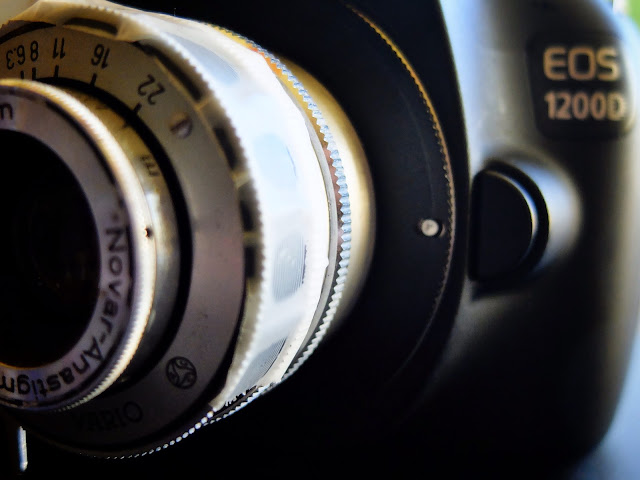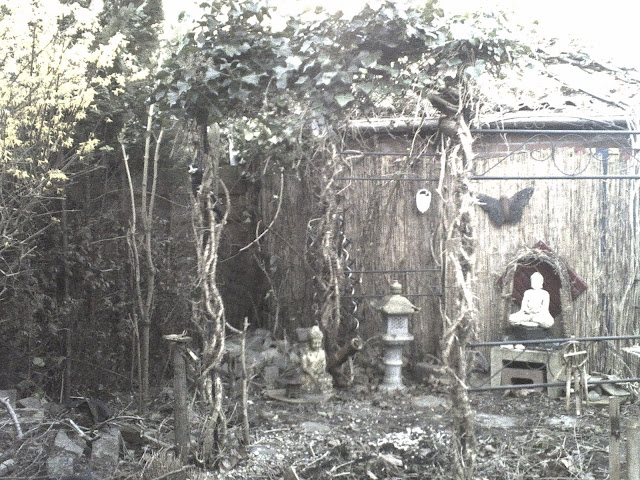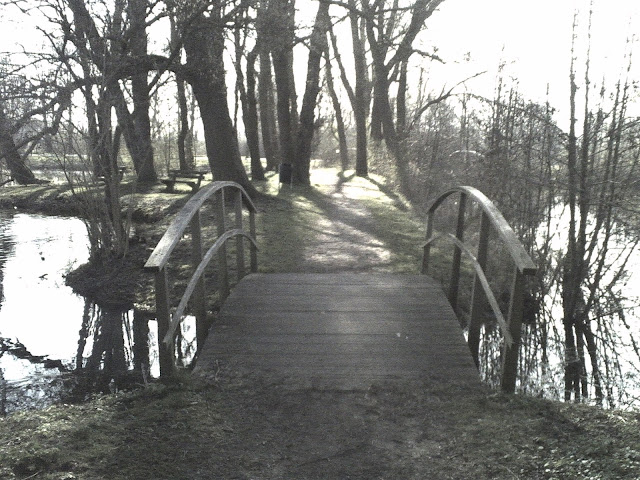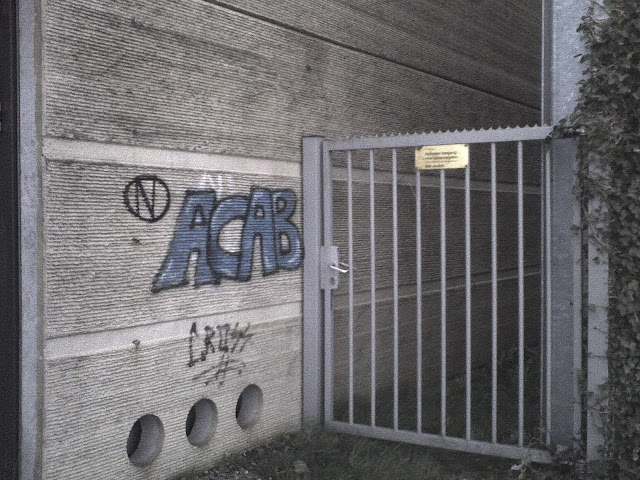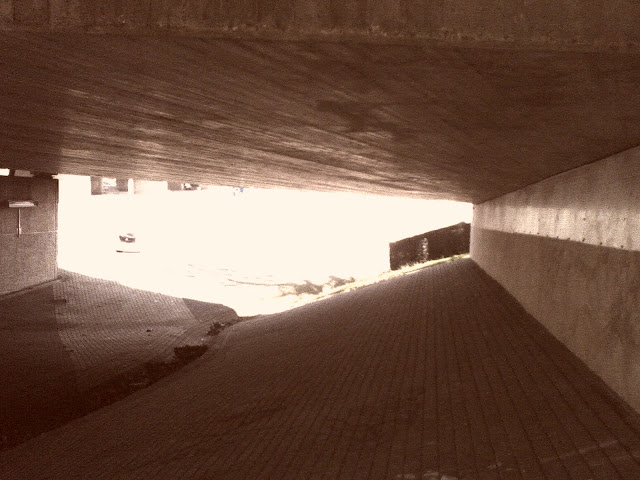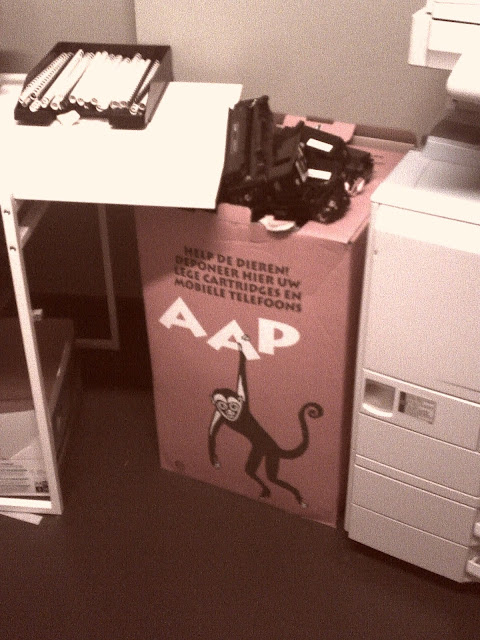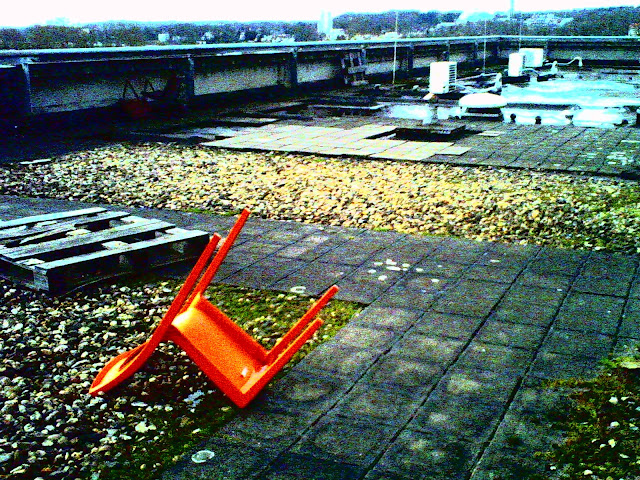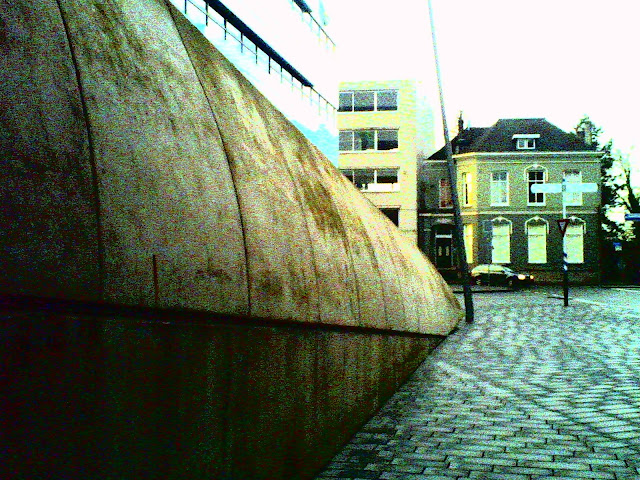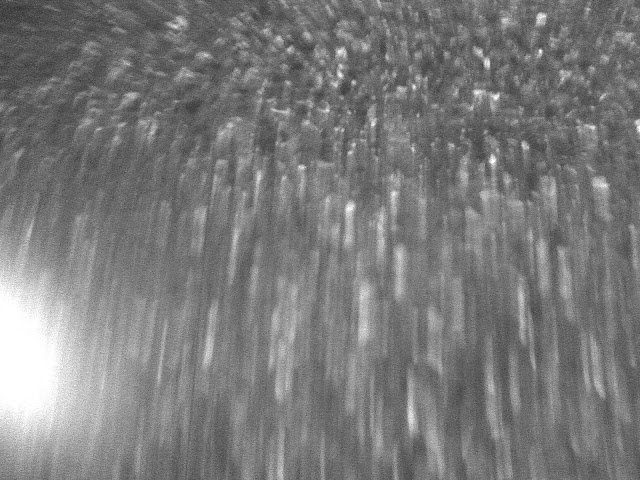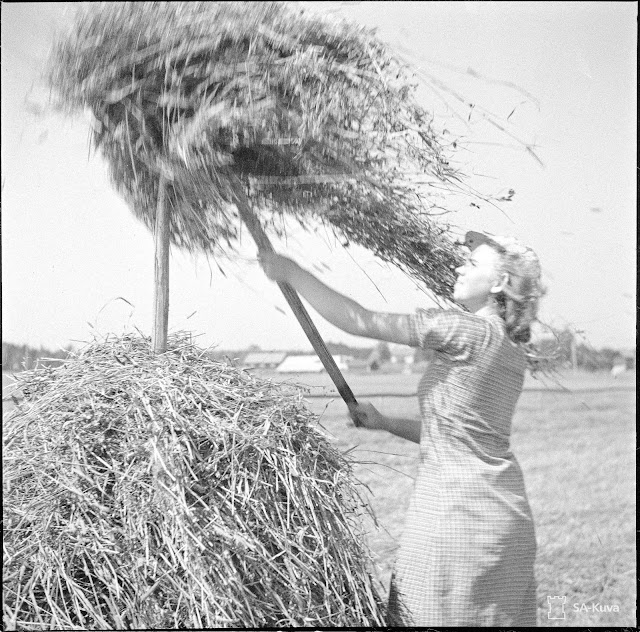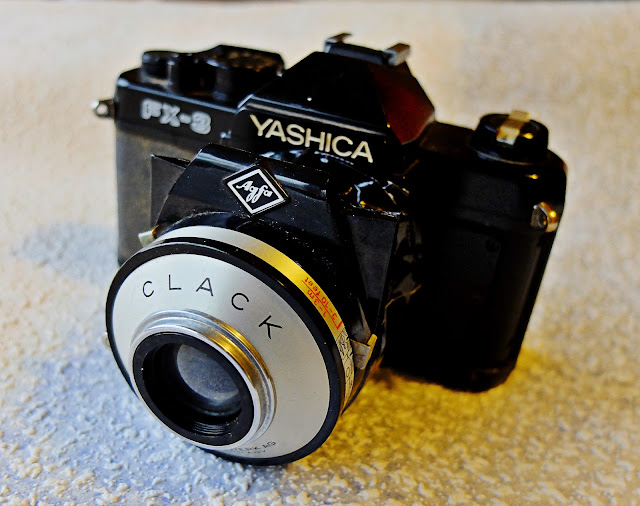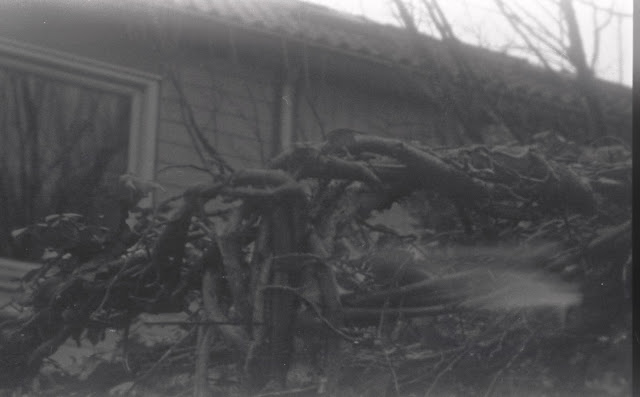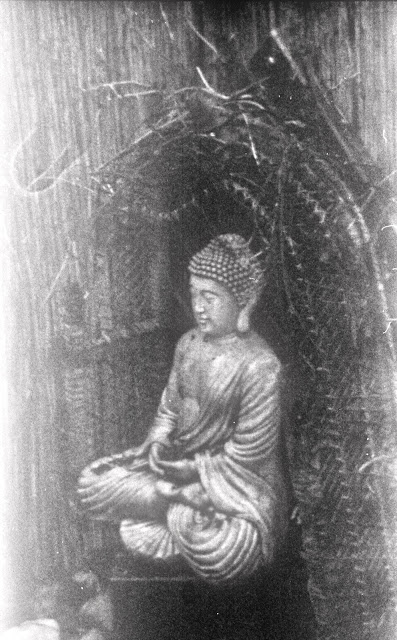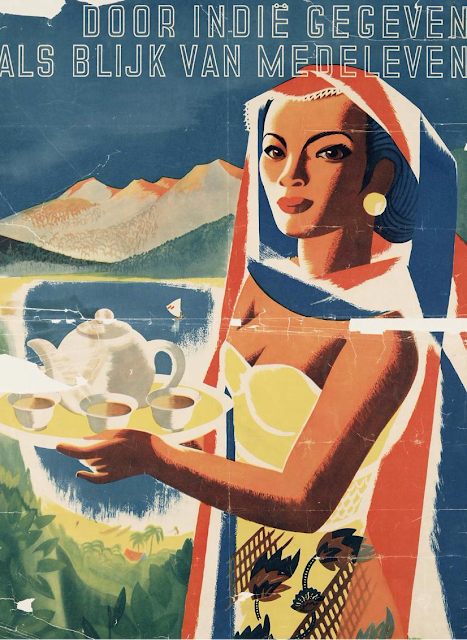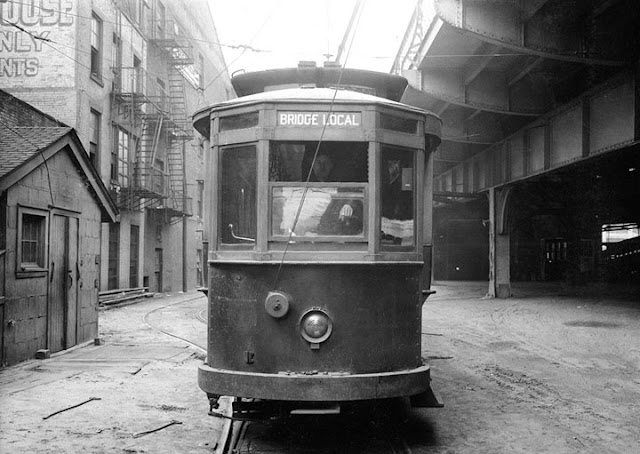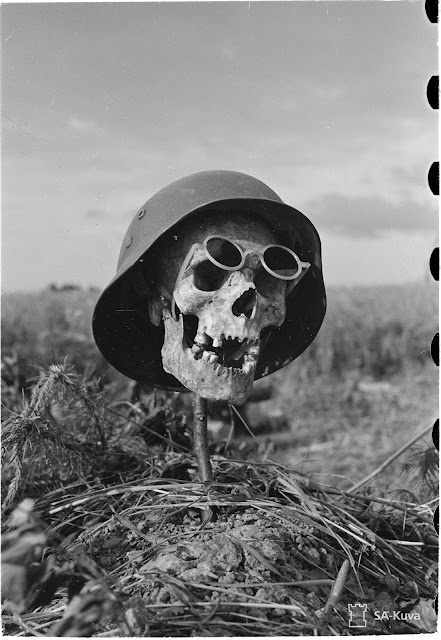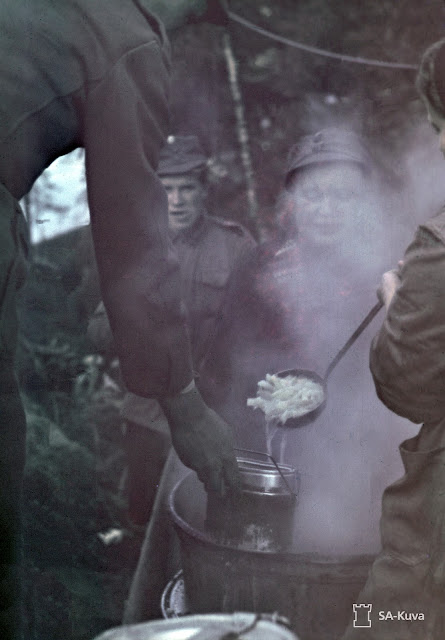30 maart 2017
Degi Hari: Vivid_1 (ISO 100)
- Degi Hari: Old_2
- Degi Hari: Old_1
- Degi Hari: Vivid_2 (ISO 800)
- Degi Hari: Monochrome (Normal)
- Degi Hari: Monochrome (Hard)
- Meer op Flickr
28 maart 2017
Novar-Anastigmat 1:6.3 75mm op een Canon EOS 1200D
Deze lens, een Novar-Anastigmat (1:6.3 75mm), is afkomstig van een verder onherstelbaar beschadigde Zeiss Ikon Ikonta 521 uit 1949. De lens levert verassend fraaie, ‘zachte’ foto’s op.
- Meer op Flickr.
- Zie ook Echo Anastigmat 1:3.5 F=50mm on a Canon EOS 1200D.
27 maart 2017
24 maart 2017
22 maart 2017
Degi Hari: Vivid_2 (ISO 800)
De instelling ‘Vivid_2’ levert duidelijk erg korrelige kleurenfoto’s op. Dat kun je natuurlijk wel een beetje corrigeren als je dat zou willen, maar de foto’s in deze post zijn onbewerkt, direct uit de camera. De PowerShovel Digital Harinuzumi 3 heeft twee ISO-waarden, 100 en 800. Deze zijn genomen op ISO 800, dat kan de hoge korreligheid ook deels verklaren.
Alle foto’s genomen in Arnhem, maart 2017.
- Degi Hari: Monochrome (Normal)
- Degi Hari: Monochrome (Hard)
- Meer op Flickr
Alle foto’s genomen in Arnhem, maart 2017.
- Degi Hari: Monochrome (Normal)
- Degi Hari: Monochrome (Hard)
- Meer op Flickr
21 maart 2017
Troops keep Jamaicans from rushing to greet Emperor of Ethiopia Haile Selassie I, 1966.
Source: Time
Not published in LIFE. Troops keep Jamaicans from rushing to greet Emperor of Ethiopia Haile Selassie I, 1966.
Lynn Pelham—The LIFE Picture Collection/Getty Images
Haile Selassie in Jamaica: Color Photos From a Rastafari Milestone
Not published in LIFE. Troops keep Jamaicans from rushing to greet Emperor of Ethiopia Haile Selassie I, 1966.
Lynn Pelham—The LIFE Picture Collection/Getty Images
Haile Selassie in Jamaica: Color Photos From a Rastafari Milestone
20 maart 2017
Het experiment om het experiment
Spielerei: Agfa Clack-lens op Yashica FX-3-body.
Verlopen Agfapan APX 100 Professional, datum onbekend.
Caffenol-standontwikkeling (70 minuten).
17 maart 2017
W.F. Hermans (met hoorn)
Bron: Geheugen van Nederland
Willem Frederik Hermans (1921-1995)
Omschrijving: W.F. Hermans (met hoorn) en drie niet nader geïdentificeerde personen tijdens het Podiumweekend op kasteel Oud-Poelgeest te Oegstgeest
Collectie: Fotocollectie Letterkundig Museum
Instelling: Letterkundig Museum
Bron: [ppn:329935011], Foto's uit het Letterkundig Museum
Willem Frederik Hermans (1921-1995)
Omschrijving: W.F. Hermans (met hoorn) en drie niet nader geïdentificeerde personen tijdens het Podiumweekend op kasteel Oud-Poelgeest te Oegstgeest
Collectie: Fotocollectie Letterkundig Museum
Instelling: Letterkundig Museum
Bron: [ppn:329935011], Foto's uit het Letterkundig Museum
Waaierpisang in Nederlands-Indië (ca. 1890)
Bron: Geheugen van Nederland
Waaierpisang in Nederlands-Indië
Vervaardigingsjaar: ca. 1890
Type object: foto's
Afmetingen: 25,5x35 cm
Collectie: Nederlands-Indië in foto's, 1860-1940
Instelling: Koninklijk Instituut voor taal-, land- en volkenkunde
Bron: 41867 (foto), Nederlands-Indië in foto's, 1860-1940, Koninklijk Instituut voor taal-, land- en volkenkunde (KITLV)
Waaierpisang in Nederlands-Indië
Vervaardigingsjaar: ca. 1890
Type object: foto's
Afmetingen: 25,5x35 cm
Collectie: Nederlands-Indië in foto's, 1860-1940
Instelling: Koninklijk Instituut voor taal-, land- en volkenkunde
Bron: 41867 (foto), Nederlands-Indië in foto's, 1860-1940, Koninklijk Instituut voor taal-, land- en volkenkunde (KITLV)
Door Indië gegeven als blijk van medeleven.
Bron: Geheugen van Nederland
Door Indië gegeven als blijk van medeleven.
Vervaardigingsjaar: 1945
Omschrijving: Door Indië gegeven als blijk van medeleven.
Type object: affiches
Afmetingen: 78 x 50 cm
Collectie: Oorlogsaffiches 1940-1945
Instelling: NIOD Instituut voor Oorlogs-, Holocaust- en Genocidestudies
Bron: AF/00438 (Affiche, Lithografie), Oorlogsaffiches NIOD 1933 - 1946, NIOD/KB
Door Indië gegeven als blijk van medeleven.
Vervaardigingsjaar: 1945
Omschrijving: Door Indië gegeven als blijk van medeleven.
Type object: affiches
Afmetingen: 78 x 50 cm
Collectie: Oorlogsaffiches 1940-1945
Instelling: NIOD Instituut voor Oorlogs-, Holocaust- en Genocidestudies
Bron: AF/00438 (Affiche, Lithografie), Oorlogsaffiches NIOD 1933 - 1946, NIOD/KB
Het Afrikaansch Familieblad (1890)
Bron: Geheugen van Nederland
Het Afrikaansch Familieblad. Uitgave J.H. de Bussy. Amsterdam. Pretoria. Johannesburg.
Maker: uitgever: Bussy,J.H,de
Vervaardigingsjaar: 1890
Type object: affiches
Collectie: 150 jaar Nederlandse reclame
Instelling: ReclameArsenaal
Bron: RA/004435 (affiche), ReclameArsenaal
Het Afrikaansch Familieblad. Uitgave J.H. de Bussy. Amsterdam. Pretoria. Johannesburg.
Maker: uitgever: Bussy,J.H,de
Vervaardigingsjaar: 1890
Type object: affiches
Collectie: 150 jaar Nederlandse reclame
Instelling: ReclameArsenaal
Bron: RA/004435 (affiche), ReclameArsenaal
Die brug oor die Vetrivier, naby Brandfort, O.V.S., word opgeblaas.
Bron: Geheugen van Nederland
Die brug oor die Vetrivier, naby Brandfort, O.V.S., word opgeblaas. Mei 1900.
Type object: photographs
Collection: South Africa in pictures
Institution: Zuid-Afrika Huis
Source: 25.4 (Foto), Zuid-Afrikahuis
Die brug oor die Vetrivier, naby Brandfort, O.V.S., word opgeblaas. Mei 1900.
Type object: photographs
Collection: South Africa in pictures
Institution: Zuid-Afrika Huis
Source: 25.4 (Foto), Zuid-Afrikahuis
Trolley car number 311 at the car barn of the Williamsburg Bridge trolley line
Source: TheAtlantic.com > More Historic Photos From the NYC Municipal Archives
Trolley car number 311 at the car barn of the Williamsburg Bridge trolley line, photographed on March 22, 1928. (Eugene de Salignac/Courtesy NYC Municipal Archives)
Trolley car number 311 at the car barn of the Williamsburg Bridge trolley line, photographed on March 22, 1928. (Eugene de Salignac/Courtesy NYC Municipal Archives)
16 maart 2017
Belfast barricades and their removal
Source: National Library of Ireland
by Independent Newspapers (Firm)
Published / Created: September 1969.
by Independent Newspapers (Firm)
Published / Created: September 1969.
Suomalaiset ovat naamioineet noi 10 km rajalta Raatteen tiellä maantien, ilmassa roikkuvilla kuusilla sillä aivan rajalla on venäläisten pystyttämä tähystystorni.
Source: SA-kuva
Suomalaiset ovat naamioineet noi 10 km rajalta Raatteen tiellä maantien, ilmassa roikkuvilla kuusilla sillä aivan rajalla on venäläisten pystyttämä tähystystorni.
Suomussalmi, Kuivajärvi 1941.06.27
Suomalaiset ovat naamioineet noi 10 km rajalta Raatteen tiellä maantien, ilmassa roikkuvilla kuusilla sillä aivan rajalla on venäläisten pystyttämä tähystystorni.
Suomussalmi, Kuivajärvi 1941.06.27
Lotat tarjoilevat...
Source: SA-kuva
Lotat tarjoilevat... / ´Hihnasta olalle´ maistuu Tuntsan rannoilla.
Salla, Alakurtti 1941.09.26
Lotat tarjoilevat... / ´Hihnasta olalle´ maistuu Tuntsan rannoilla.
Salla, Alakurtti 1941.09.26
Johann & Maria Laidoner
Image and text source: Stanford University > Hoover Institution > Documenting Soviet Crimes in Estonia
"Estonia was occupied by Soviet troops as a result of the Molotov-Ribbentrop Pact of August 1939, which divided much of East Central Europe between Hitler’s Germany and Stalin’s Russia. The military takeover was followed by arrests and the gradual liquidation of the political and military elites in the occupied countries and territories. During the first months of Soviet occupation more than eight thousand people were arrested and twenty-two hundred, murdered; this, however, was only the beginning of the national tragedy. By the end of the war, Estonia had lost at least 200,000 people, or about 20 percent of its population, to repression, exodus, and war. Then the systematic settlement of ethnic Russians reduced the Estonian population to barely a majority in its own country.
One of the first Estonian leaders to be arrested was Johan Laidoner, commander in chief of the army. Laidoner, the son of a farm laborer, had chosen a career in the Russian army as the way to obtain an education and social advancement. Intelligent and hardworking, he moved rapidly up the ranks. During World War I he fought as a Russian staff officer on the western front. After the revolutions of 1917, Laidoner helped organize and assumed the command of an Estonian division that initially cooperated with the Russian anti-Bolshevik forces of General Nikolai Yudenich and later, expanded into an army, secured Estonia’s independence from Russia. As one of more popular politicians of the new state, Laidoner alternated parliamentary and military service and also served as chairman of the Estonian Olympics Committee.
His public service ended tragically. As Estonian commander in chief, hoping to avoid unnecessary bloodshed, Laidoner consented to the terms of the Soviet June 1940 ultimatum that resulted in the military occupation of his country. General Laidoner and his Polish-born wife, Maria (née Kruszewska), were arrested a few days later. Johann Laidoner died in a prison in Vladimir on March 13, 1953, the same place and day that Stanislaw Jankowski, the head of the Free Polish anti-German civilian underground resistance, was murdered by the KGB, outliving Stalin by only a few days. Whereas Stalin was laid to rest near Red Square in Moscow, where his grave is still located and honored by many Russians, Laidoner and Jankowski were thrown into an unmarked pit in Vladmir. Maria Laidoner did live to see Estonia again, though not its independence. Released from prison in 1954, her situation was such that she had to live in Russia for several years before moving back to Estonia, giving piano lessons to support herself. She died at the age of ninety, in 1978, and was buried in the Alexander Nevsky cemetery in Tallinn, next to her son. Johann’s grave has never been located."
"Estonia was occupied by Soviet troops as a result of the Molotov-Ribbentrop Pact of August 1939, which divided much of East Central Europe between Hitler’s Germany and Stalin’s Russia. The military takeover was followed by arrests and the gradual liquidation of the political and military elites in the occupied countries and territories. During the first months of Soviet occupation more than eight thousand people were arrested and twenty-two hundred, murdered; this, however, was only the beginning of the national tragedy. By the end of the war, Estonia had lost at least 200,000 people, or about 20 percent of its population, to repression, exodus, and war. Then the systematic settlement of ethnic Russians reduced the Estonian population to barely a majority in its own country.
One of the first Estonian leaders to be arrested was Johan Laidoner, commander in chief of the army. Laidoner, the son of a farm laborer, had chosen a career in the Russian army as the way to obtain an education and social advancement. Intelligent and hardworking, he moved rapidly up the ranks. During World War I he fought as a Russian staff officer on the western front. After the revolutions of 1917, Laidoner helped organize and assumed the command of an Estonian division that initially cooperated with the Russian anti-Bolshevik forces of General Nikolai Yudenich and later, expanded into an army, secured Estonia’s independence from Russia. As one of more popular politicians of the new state, Laidoner alternated parliamentary and military service and also served as chairman of the Estonian Olympics Committee.
His public service ended tragically. As Estonian commander in chief, hoping to avoid unnecessary bloodshed, Laidoner consented to the terms of the Soviet June 1940 ultimatum that resulted in the military occupation of his country. General Laidoner and his Polish-born wife, Maria (née Kruszewska), were arrested a few days later. Johann Laidoner died in a prison in Vladimir on March 13, 1953, the same place and day that Stanislaw Jankowski, the head of the Free Polish anti-German civilian underground resistance, was murdered by the KGB, outliving Stalin by only a few days. Whereas Stalin was laid to rest near Red Square in Moscow, where his grave is still located and honored by many Russians, Laidoner and Jankowski were thrown into an unmarked pit in Vladmir. Maria Laidoner did live to see Estonia again, though not its independence. Released from prison in 1954, her situation was such that she had to live in Russia for several years before moving back to Estonia, giving piano lessons to support herself. She died at the age of ninety, in 1978, and was buried in the Alexander Nevsky cemetery in Tallinn, next to her son. Johann’s grave has never been located."
Abonneren op:
Posts (Atom)
